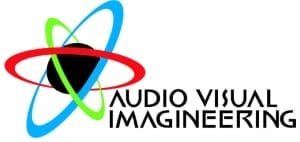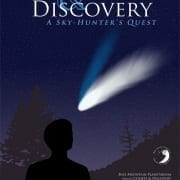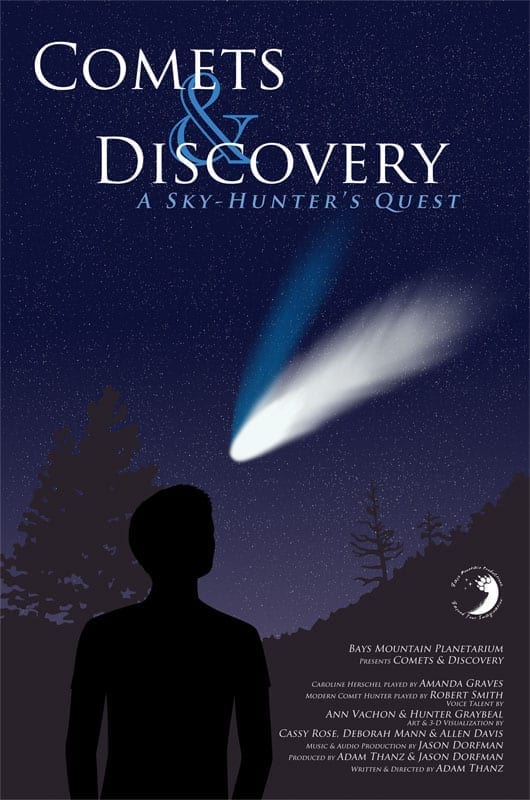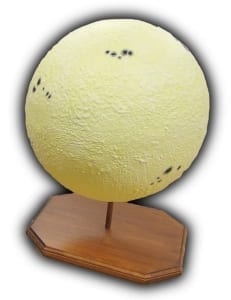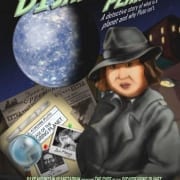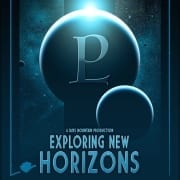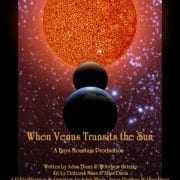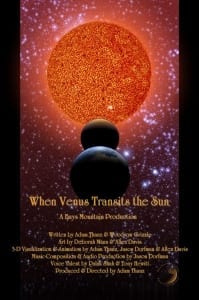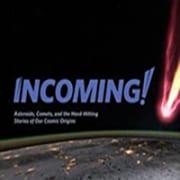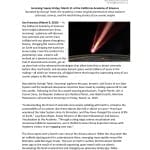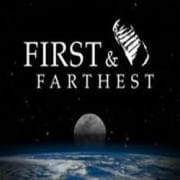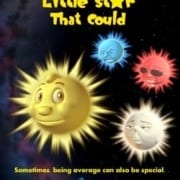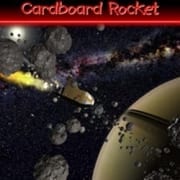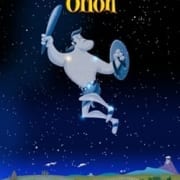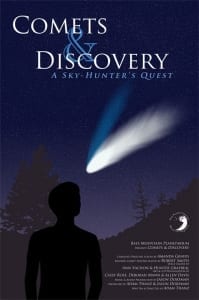
We’re all a buzz about comets. And true to Bays Mountain fashion, we’ve created a unique full-dome show about comets. It is called “Comets & Discovery.” It is not dated in any way and will be usable for years.
The show is much more than a straight narrative about comets. The show takes the viewer on a journey of discovery. We follow two intrepid comet hunters in first-person. One, a modern explorer. The other, Caroline Herschel. The famous 18th century comet huntress that ruled the skies for many generations. With both, we learn how they each searched the skies, made their discoveries, and reported them for other astronomers to bear out. We also learn about, depending on the century of the observer, what people thought comets were and their importance to them. We make education fun. We use proper educational techniques for enhanced retention all in a fascinating, storytelling format. For our production, we are using green-screen technology, 3-D environments, and good ol’ fashioned still art. Together with a captivating script and sumptuous score, this is a great show for the whole family or school group 2nd grade and above.
We are also incorporating two live sequences to enhance the learning and fun. The first will be an activity to involve and engage the audience to learn more about the parts of a comet, the path a comet takes, and the dust and ion tails that splay out in their correct directions as the comet orbits the sun. The second sequence will use a facility’s star projection system and focus on any upcoming comets to see in the sky and how to view them. To see images of the completed models and to download the fully illustrated instruction documents, please select the “Activity Documents” tab above. Please note, there are a variety of comet-related activities one can do in their theater to enhance this show. The show is also designed to not need the activity at all if one desires.
“Comets & Discovery” was produced by a group of very talented and experienced individuals here at Bays Mountain. Bays Mountain Productions is one of the very few planetarium theaters in the world that creates their own complex, professional-level full-dome shows and makes them available for world-wide distribution. Driven to forge excellence in the field, our main goal is to fulfill the needs of the planetarian. Our shows are educationally-driven, but chock full of fun and amazing graphics and music. Our pricing is also designed to be affordable since we understand the financial needs of the planetarian. We think
The Case of the Disappearing Planet
/in Full Dome Show /by rculverThe Case of the Disappearing Planet
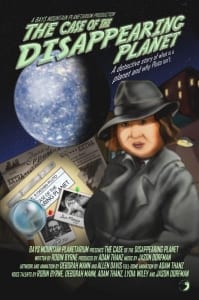
A radio announcement… an excited phone call… and our sly gumshoe, Skye Watcher, is on the case. Explore with Skye and discover what happened to the ex-planet Pluto as she tracks down clues that stretch back hundreds of years! Audiences will have great fun with this unique program that looks into the changing status of planets in our Solar System.
The full-dome version of “The Case of the Disappearing Planet” features expanded and immersive visuals and an updated soundtrack. Follow the sly gumshoe, Skye Watcher, as she discovers what is a planet and what happened to Pluto. In her quest, she finds out that this has already happened 200 years ago with the discovery of the asteroids! Our super-sleuth discovers that science rules throughout this planet-status journey with the correct application of the scientific method. This show is great for school children of 3rd grade and above as well as the general public.
Exploring New Horizons
/in Full Dome Show /by rculverExploring New Horizons
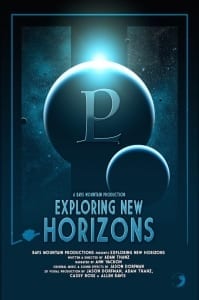
“Exploring New Horizons” is a full-dome planetarium show that explores the New Horizons spacecraft and its mission to dwarf planet Pluto and other KBOs. This program also exhibits the importance of the scientific method and how it applies to our understanding of the Solar System.
Starting from ancient times, learn about the history of planetary discovery, especially that of Pluto, and how it has led to an amazing mission to explore the Kuiper Belt. A basic overview of the whole Solar System is included.
Typical to the educational purpose of Bays Mountain Planetarium, this program includes a live section midway to engage your audience in an interactive activity to increase understanding and retention. The activity is a fun demonstration of the blink comparator that Clyde Tombaugh used to discover Pluto. The audience is asked to find Pluto shift among thousands of stars. Of course, to have some fun and to show how difficult it was to search for Pluto, a red herring is thrown in to make things a little difficult. But, that red herring is important. It illustrates other objects, those that were closer to us in our Solar System, that Tombaugh discovered along his quest.
The program is designed to not be dated and is a great way to introduce your audience to the NH mission. The final part of the program is designed for you, the planetarian, to cover the latest news and discoveries regarding NH, Pluto and other KBOs through a live recap.
“Exploring New Horizons” is a great way to educate about the Solar System and shows how important it is to continue learning. This presentation will make a wonderful addition to your public and school group programming.
The show is best for 3rd grade and above.
“Exploring New Horizons” was produced by a group of very talented and experienced individuals here at Bays Mountain. Bays Mountain Productions is one of the very few planetarium theaters in the world that creates their own complex, professional-level full-dome shows and makes them available for world-wide distribution. Driven to forge excellence in the field, our main goal is to fulfill the needs of the planetarian. Our shows are educationally-driven, but chock full of fun and amazing graphics and music. Our pricing is also designed to be affordable since we understand the financial needs of the planetarian. We think you’ll be quite pleased with our content.
When Venus Transits The Sun
/in Full Dome Show /by rculverWhen Venus Transits The Sun
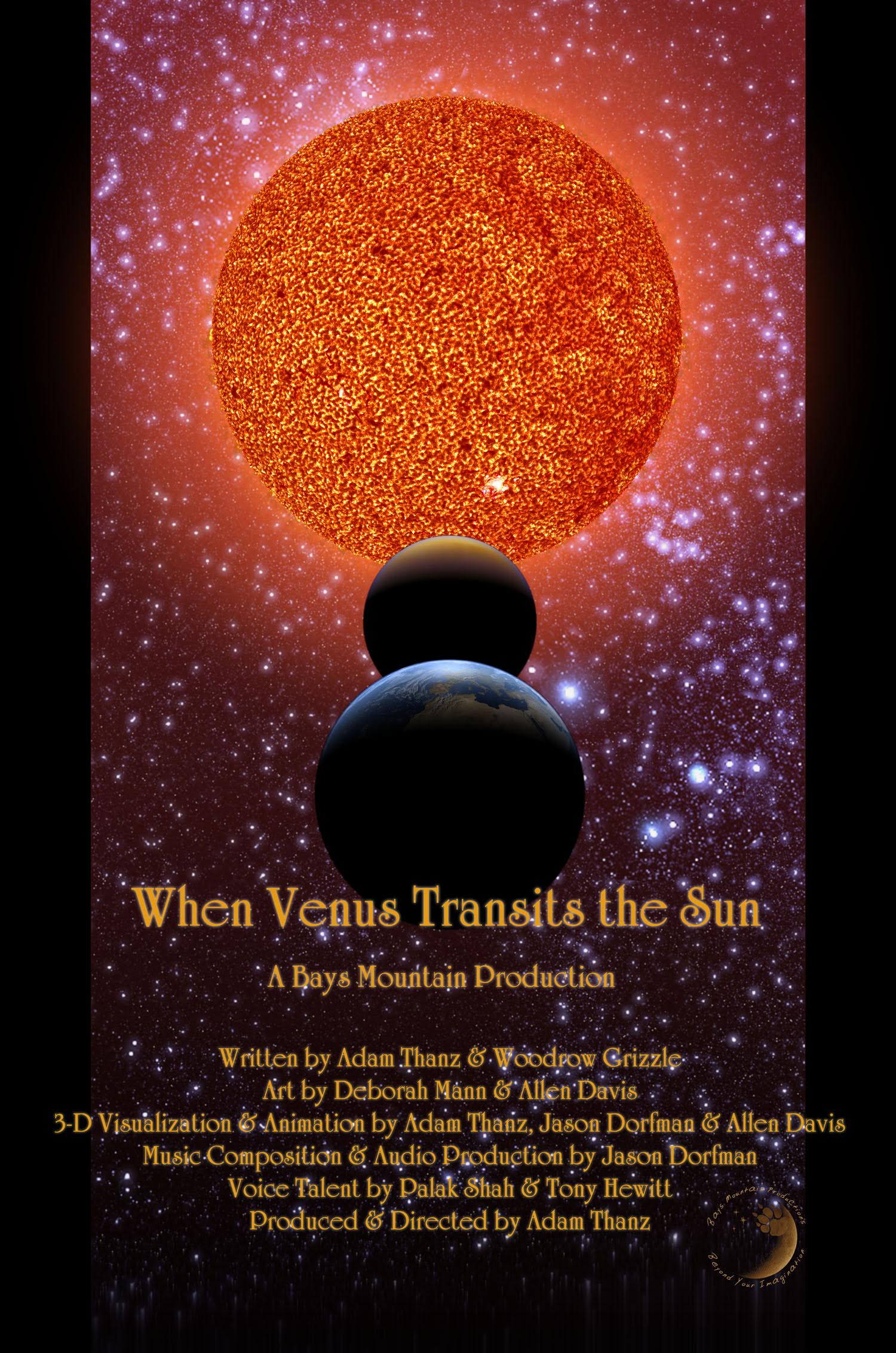
This is a fantastic full-dome show that looks into the rare and magnificent celestial apparition called a Venus transit. The show covers what a transit is, a famous transit viewing from the 18th century led by Captain Cook, and exciting information about the sun and Venus. There will also be a live component to the show that allows the audience to participate in two fun activities. This program is excellent for 3rd grade and above.
A Venus transit is when the planet Venus is seen passing in front of the sun. Why so special? Telescope technology in the 18th century allowed the first opportunity for astronomers to accurately determine the size of the Solar System. Another reason for being special is that these transits are rare. Two consecutive transits occur eight years apart. But, these pairs are separated by 105.5 and 121.5 years alternatively. The last two transits occurred in 2004 and 2012. Diehard optimists will just have to wait until 2117 for the next pair!
Incoming!
/in Full Dome Show /by rculverIncoming!
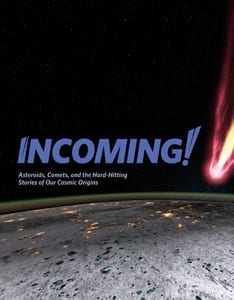
Incoming!
Asteroids, Comets, and the Hard-Hitting Stories of Our Cosmic Origins
Asteroids and comets have collided with our planet throughout its history, changing the course of life on Earth and shaping the world we know today.
Incoming!, the latest original planetarium show from the
California Academy of Sciences, explores the past, present, and future of our
Solar System and the landmark discoveries scientists have made sending spacecrafts
to visit tiny worlds. Cutting-edge visualizations will bring real-time data from current
NASA missions to life while taking audiences on a ride through the dynamic story of our cosmic origins. Along the way, audiences will discover what these impacts from above can teach us –
and how scientific advances may allow us to find and track cosmic threats before they reach planet Earth.
This is Our Sky
/in Full Dome Show /by rculverThis is Our Sky

This is Our Sky! is a general astronomy show that targets 3rd grade, with elements of interest spanning Preschool to 6th Grade. Join Luna and her friends for an exploration of the sky, phases of the Moon, seasons, constellations, and planets.
First & Farthest
/in Full Dome Show /by rculverFirst & Farthest

From the first rockets, to the first man on the moon, First and Farthest celebrates humanity’s great accomplishments in the Space Race. Appropriate for 5th grade and up, this show will bring back memories for those who experienced the Space Race and inspire new generations to keep exploring our universe. With its discussion of science, technology, engineering and mathematical concepts, First and Farthest supports a STEM-focused curriculum.
The Little Star That Could
/in Full Dome Show /by rculverThe Little Star That Could
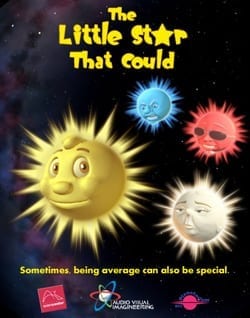
“The Little Star That Could” has been reproduced by Audio Visual Imagineering and Brevard Community College for the digital full dome era with computer graphic animation.This popular and well loved story owned and created by The Saint Louis Science Center over 20 years ago has been updated with accurate astronomical information. Have no fear; the story basically remains the same with all of your favorite stars!
For those of you who are not familiar with the show, “The Little Star That Could” is a story about Little Star, an average yellow star in search for planets of his own to protect and warm. Along the way, he meets other stars, learns what makes each star special, and discovers that stars combine to form star clusters and galaxies. Eventually, Little Star finds his planets. Each planet is introduced to your audiences with basic information about our Solar System.
Talented artists responsible for the new show include Mark Howard and Joe Tucciarone of the Astronaut Memorial Planetarium in Cocoa, FL. Directed by Willie Castro of Willie Castro Animation, Inc. The new musical score was produced by John Avarese of JAV Productions.
Supplemental Materials
Secret of the Cardboard Rocket
/in Full Dome Show /by rculverSecret of the Cardboard Rocket
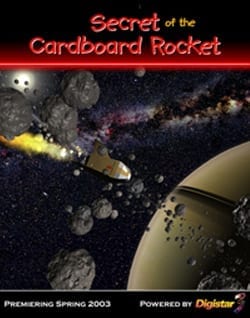
One of the most popular children’s show has been remade for the full dome environment.Embark on an outstanding adventure as two children spend a night touring the solar system alongside their ship’s navigator, an astronomy book. Produced with modern 3-D digital animation and a 5.1 soundtrack with spectacular effects created at George Lucas’ Skywalker Ranch.
The narration track has been edited to take into account the reclassification of Pluto. However, the voices were not re-narrated so we made just a few key changes to the actual recorded soundtrack. We removed all references to Pluto as the “ninth planet” or “smallest planet” or “last planet” but we still call it a “planet.” Our approach is that even though Pluto is now a “dwarf planet” it’s still a planet. We recommend doing the program by having your presenter make a few comments during the introductions to ask questions and explain what’s going on with Pluto and why the show still refers to it as a planet. Then follow up with some Q&A at the end. This approach has been working extremely well for us, and helps to clarify the issue.
Legends of the Night Sky: Orion
/in Full Dome Show /by rculverLegends of the Night Sky: Orion
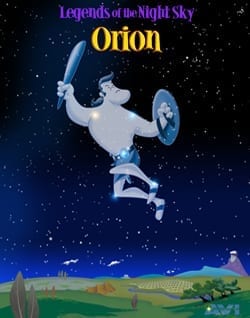
Orion takes a lighthearted and imaginative look at the myths and stories associated with the constellation Orion, the great hunter of the winter sky.
Best known for its award-winning educational and entertainment laser shows, AVI’s first foray in fulldome video production is both an artistic and technical achievement. “The show brings the mythological Orion to life in a fun-filled, animated adventure that is unlike any planetarium program ever created,” said Joanne Young, AVI’s Managing Director and the show’s Executive Producer.
Accompanied by narrators Aesop the owl and Socrates the mouse, we follow Orion’s adventures as he grows to manhood, battles mythical beasts, foils the plot of an evil king and wins the heart of Artemis, the beautiful moon-goddess. By the end of the story, we learn how the constellation Orion was placed in the sky, forever turning overhead throughout the seasons.
Legends of the Night Sky: Orion is available in high-definition “dome master” format with 5.1 surround soundtrack and is compatible with all Full Dome video projection systems.
